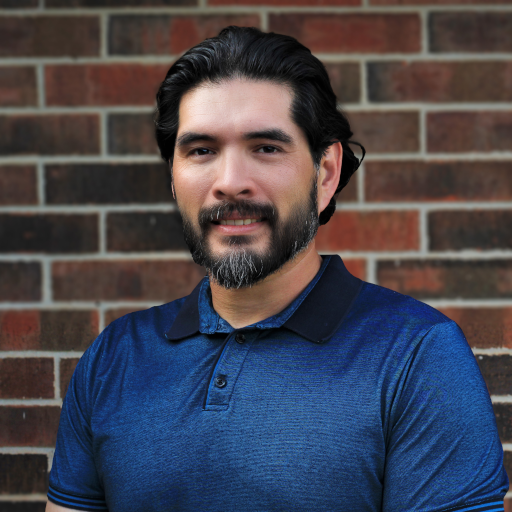- Published on
The Future of Hybrid AI/Human Models
- Authors

- Name
- Winston Brown
The Future of Hybrid AI/Human Models
With the rapid advancements in artificial intelligence, a common concern has surfaced: will AI eventually replace humans in various professions and creative industries? While AI is transforming the way we work and interact with technology, the reality is much more nuanced. Instead of a future where AI replaces human roles entirely, we are moving toward a hybrid AI/human model, where AI serves as a tool to augment and support human endeavors, rather than a substitute.
What Are Hybrid AI/Human Models?
Hybrid AI/human models represent a collaborative partnership between humans and AI systems. These models allow AI to handle routine tasks, analyze data, and provide insights, while humans focus on creative problem-solving, ethical decision-making, and adding emotional intelligence to their work. AI’s strength lies in processing vast amounts of information and performing repetitive tasks efficiently, whereas humans excel at intuition, empathy, and innovation.
Why AI Won't Replace Humans
AI is exceptionally powerful at specific tasks, particularly those involving pattern recognition, automation, and data analysis. However, there are inherent limitations to AI that make it unlikely to replace humans completely:
Creativity: While AI can generate music, art, and even literature, it lacks true originality and emotional depth. Human creativity is driven by personal experiences, emotions, and abstract thinking—areas where AI still falls short.
Ethics and Moral Judgment: AI can make decisions based on data, but it lacks the moral compass required to navigate complex ethical scenarios. Humans will continue to play a critical role in guiding AI systems to make socially responsible decisions.
Empathy and Emotional Intelligence: Many professions, such as healthcare, counseling, and customer service, require high levels of empathy and interpersonal interaction—qualities that AI simply cannot replicate. Humans provide emotional support, compassion, and understanding that AI cannot mimic authentically.
AI as a Tool to Aid Human Creativity and Productivity
Rather than displacing human workers, AI is more likely to be integrated as a tool that enhances human creativity and productivity. Here are some key ways AI can serve as an aid:
Creative Co-Pilot: AI can be used to assist writers, artists, and designers by providing suggestions, generating prototypes, or automating tedious aspects of the creative process. For instance, AI can quickly generate draft concepts, allowing creators to focus on refining ideas and infusing personal expression into their work.
Data-Driven Insights: AI is exceptional at parsing large datasets and providing actionable insights, which can then be used by humans to make informed decisions. In industries like marketing, finance, and research, AI helps humans filter out noise and focus on strategic, high-impact actions.
Automation of Repetitive Tasks: By automating routine tasks—such as scheduling, data entry, or even diagnosing certain medical conditions—AI frees up human time and energy to be spent on more meaningful, complex work that requires critical thinking and human judgment.
Human Oversight in AI
Even though AI will continue to become more sophisticated, the necessity for human oversight will remain paramount. AI systems require human input for training, validation, and ensuring fairness. Humans are essential for guiding the development of AI technologies, creating regulations, and ensuring that AI operates within ethical and legal boundaries.
Moreover, AI is not infallible. AI can make errors or produce biased outcomes if not properly managed, as it relies on the quality of the data it's trained on. Human oversight is crucial for mitigating these risks and ensuring that AI systems align with our societal values.
A Future of Collaboration, Not Replacement
The future of AI is not one where humans are replaced but rather one where humans and AI work together to achieve goals that neither could accomplish alone. AI will take over the repetitive, data-driven tasks, while humans will focus on creativity, innovation, and emotional intelligence. This collaboration will push the boundaries of what’s possible, giving rise to new industries, solutions, and forms of expression.
The next generation of workforces and creators will likely rely heavily on hybrid AI/human models, where both entities play to their strengths. Far from making us obsolete, AI will empower humans to reach new heights in productivity, creativity, and problem-solving.
Conclusion
AI is not here to replace humans; it's here to enhance what we can do. As we develop hybrid AI/human models, the key will be in ensuring that AI is a supportive tool that complements human talents. Together, we will redefine how work gets done, how problems are solved, and how creativity flourishes. By embracing the synergy between AI and human intelligence, we can create a future where technology empowers us to achieve more than we ever imagined.